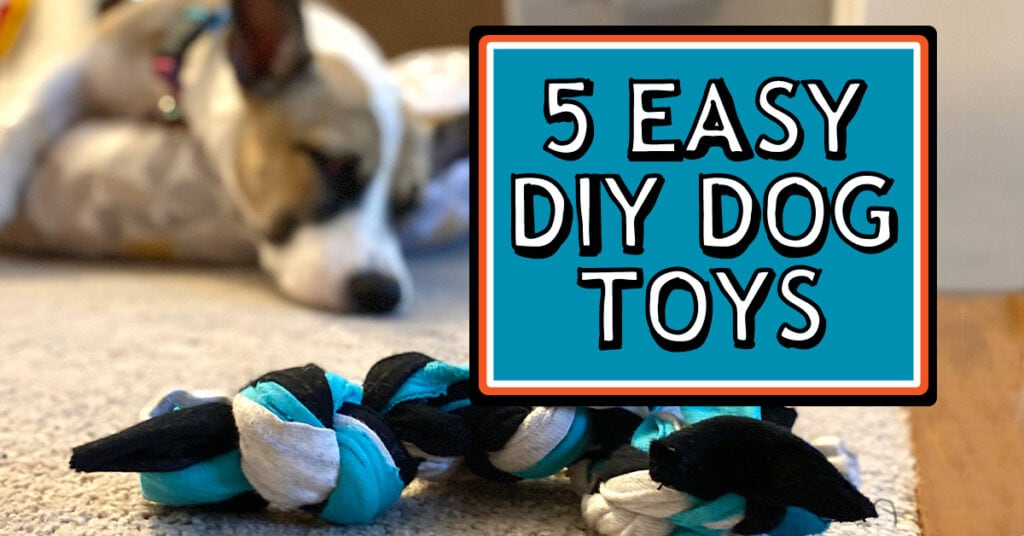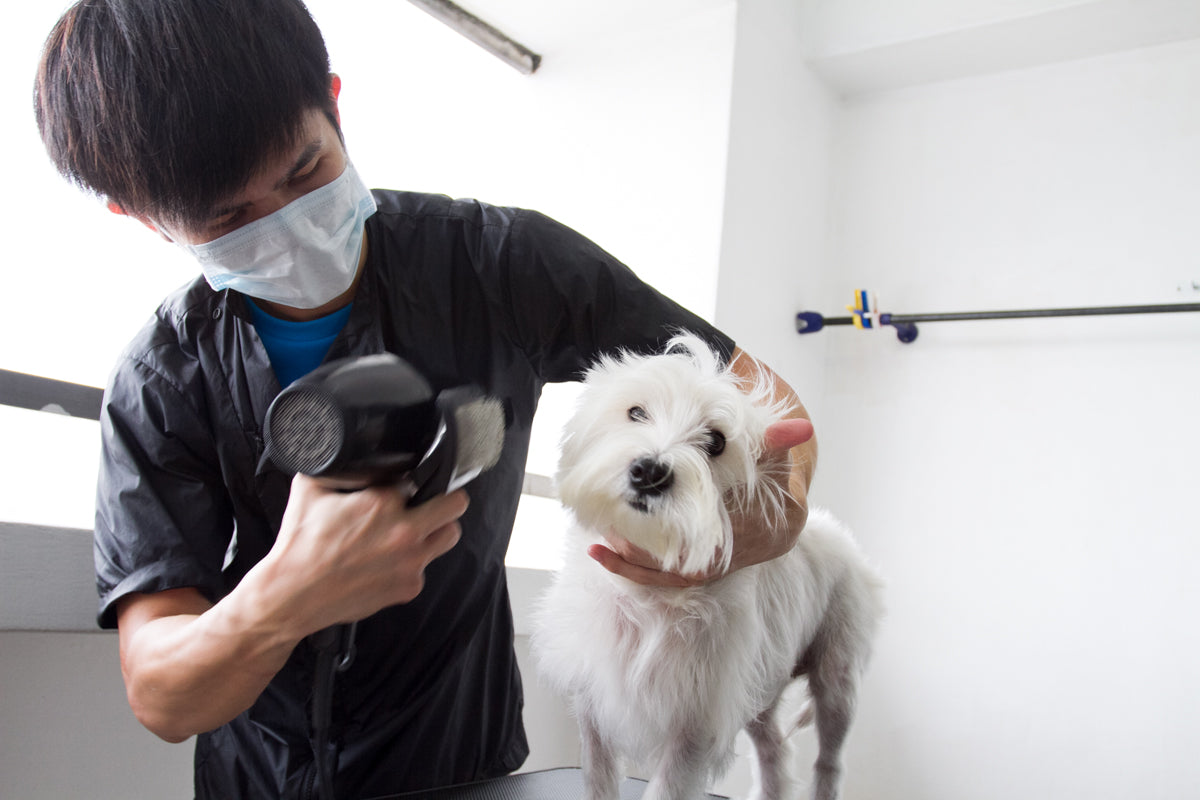Owning a pet brings joy, companionship, and countless memories — but it also comes with financial responsibility. Between food, grooming, veterinary bills, toys, and accessories, pet care can quickly become expensive. Fortunately, there are smart, practical ways to cut costs without compromising your pet’s health or happiness.
Here are 10 simple money-saving tips every pet owner can use to ease the burden of expenses while still providing the best care.
1. Adopt Instead of Buying
Purchasing pets from breeders or pet stores can be expensive. Adoption from shelters or rescue groups is often much more affordable — and you’ll be giving an animal in need a loving home.
Most adoption fees cover essential services like vaccinations, microchipping, and spaying/neutering, saving you hundreds in initial veterinary costs.
2. Invest in Preventive Care

Don’t wait for your pet to get sick before visiting the vet. Regular checkups, vaccinations, flea/tick prevention, and dental care can help avoid costly emergencies later.
A simple annual vet visit is much cheaper than paying for treatment of preventable diseases like heartworms or infections. Prevention is truly the best medicine — and it’s cost-effective in the long run.
3. Buy Pet Supplies in Bulk
Pet food, litter, and treats can be cheaper when purchased in larger quantities. Look for sales at pet stores or shop online for discounts and subscription deals.
Many retailers offer loyalty programs or bulk discounts that help you stock up on essentials while spending less per unit. Just ensure items are stored properly to maintain freshness and quality.
4. Make DIY Toys and Treats

You don’t need to spend big on toys your pet might ignore after a day. Homemade toys and treats are fun, customizable, and budget-friendly.
For example:
- Use old t-shirts to braid into chew toys.
- Stuff a sock with crinkly plastic for cats.
- Make homemade dog treats using ingredients like peanut butter, oats, and bananas.
These can be safe, enjoyable, and often healthier than store-bought versions.
5. Compare Veterinary Prices
Veterinary fees can vary greatly depending on the clinic. Before scheduling major procedures like neutering, dental cleanings, or diagnostics, shop around and compare prices in your area.
You might also find that local animal welfare organizations or vet schools offer discounted services or free checkup days.
6. Learn Basic Grooming at Home

Professional grooming can add up quickly — especially for dogs with long or thick coats. By learning to bathe, brush, trim nails, and clean ears at home, you can save significantly over time.
There are plenty of tutorials online, and a basic grooming kit is a one-time investment that pays for itself in just a few uses.
7. Feed a Balanced Diet — Not an Expensive One
Just because a brand is pricey doesn’t mean it’s the best for your pet. Focus on nutritionally balanced food recommended by veterinarians rather than marketing hype.
Consult with your vet about affordable brands that meet your pet’s needs. Feeding appropriate portions also helps avoid overfeeding — reducing both health risks and food costs.
8. Spay or Neuter Your Pet
Spaying or neutering your pet is not just about population control — it can prevent certain diseases and reduce aggressive or destructive behavior, which in turn minimizes vet bills and damage to your home.
Many communities offer low-cost spay/neuter programs, so take advantage of these resources to save money and ensure your pet’s well-being.
9. Train Your Pet Early
Behavioral issues can lead to damaged furniture, destroyed belongings, and even medical bills. Early training — whether DIY or through affordable group classes — can prevent costly consequences.
A well-trained pet is also less likely to require rehoming or specialized care, saving both emotional and financial stress.
10. Consider Pet Insurance (or Start a Pet Fund)
Pet insurance can help cover unexpected medical costs. While policies vary, many owners find it helpful for managing expenses related to accidents, surgeries, or chronic conditions.
If insurance isn’t right for you, consider setting up a dedicated emergency fund for your pet. Contributing a small amount each month can provide peace of mind if something serious arises.
Final Thoughts
Taking care of a pet doesn’t have to strain your budget. With a bit of planning, creativity, and effort, you can provide excellent care for your furry friend while cutting unnecessary costs.
Remember: the most important thing you can offer your pet is love, time, and attention — and those things are always free.
Related Articles:
- Top 6 Tips for Traveling Safely With Your Pet – Indochina Post
- How to Keep Pets Mentally Stimulated Without Spending Much – Asia Pata














